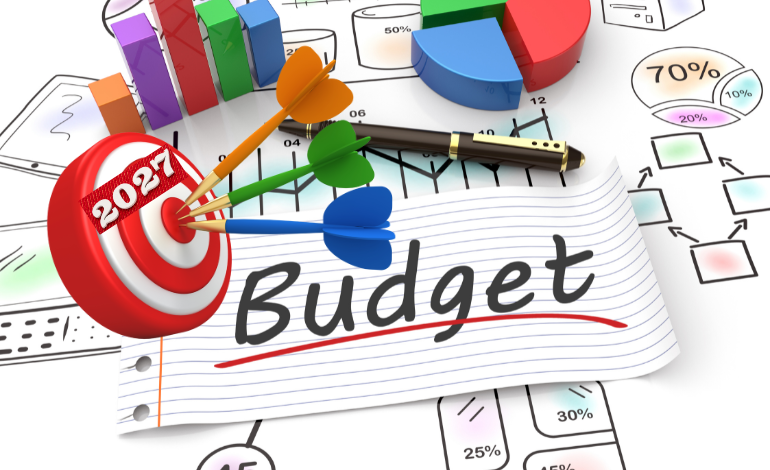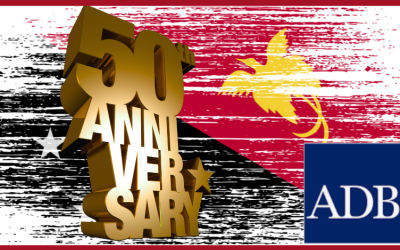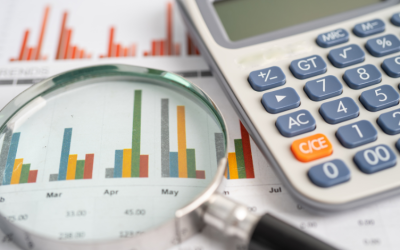Papua New Guinea remains steadfast in its plan to bring the budget back to surplus by 2027, this year’s will be its record 15th consecutive deficit budget. This goal, outlined in its long-term fiscal strategy, underscores a cautious yet disciplined approach to spending and revenue generation.
The government is focused on gradually reducing budget deficits by exercising greater control over recurrent expenditure, ensuring that spending aligns with revenue growth. Despite economic challenges, the commitment to fiscal consolidation remains intact, with a roadmap that not only aims to reach a surplus but also eliminate national debt by 2034.
Navigating fiscal discipline
One of the key drivers in Papua New Guinea’s deficit reduction strategy is spending discipline. The government has acknowledged that recurrent expenditure has historically contributed to persistent budget deficits. By tightening expenditure controls, officials aim to lower deficits gradually over the next few years, setting the stage for a return to surplus in 2027.
The government’s economic plan also involves improving revenue collection, particularly in areas such as taxation, natural resource earnings, and foreign investments. However, fiscal consolidation must be balanced with economic growth, as heavy-handed cost-cutting could hinder the country’s infrastructure development and public services.
Debt reduction and credit rating implications
Papua New Guinea’s credit rating currently sits at a B- level, reflecting moderate risk for investors. However, if the government adheres to its budget discipline and surplus goals, credit agencies may upgrade Papua New Guinea’s risk outlook in the medium term, enhancing its attractiveness to foreign investors and lenders.
A stronger credit profile would translate into lower borrowing costs for the government, allowing PNG to redirect resources toward development programs rather than debt servicing. The ultimate target is to eliminate national debt by 2034, an ambitious but achievable milestone if fiscal discipline remains a priority.
The road ahead
Papua New Guinea’s economic trajectory hinges on effective policy implementation, strategic investments, and resilient revenue streams. While achieving a surplus by 2027 remains a bold target, economic uncertainty, fluctuating commodity prices, and external shocks could pose challenges.
The coming years will test Papua New Guinea’s ability to balance fiscal responsibility with economic growth, but a disciplined approach could lay the foundation for a more sustainable and resilient financial future.



